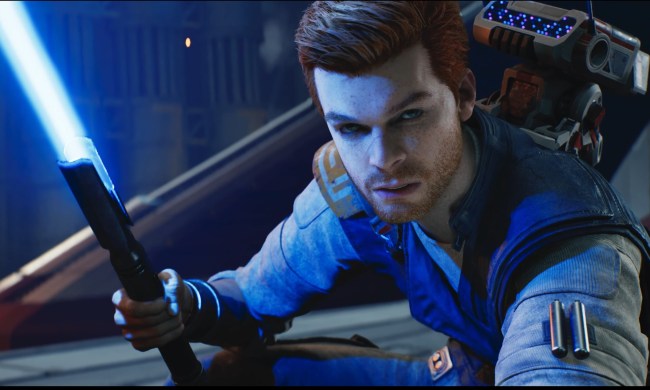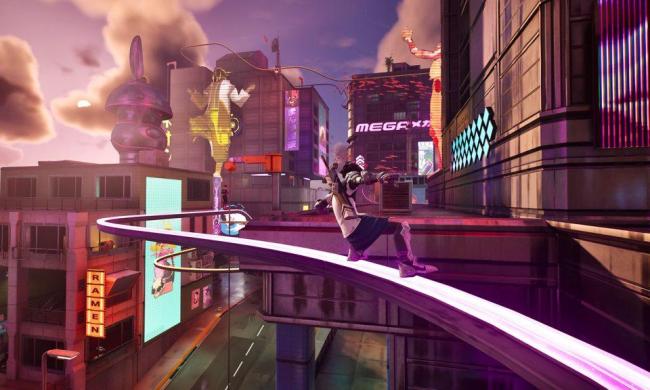Apex Legends may have started as a battle royale game, but it’s breaking out of that circle. Last year, we saw the shooter expand with Arenas, a small-team elimination mode that took cues from Counter Strike: Global Offensive. And with the game’s latest season, Defiance, it’s putting its own spin on another traditional shooter staple.
Control is the next limited-time event coming to Apex Legends that will run for three weeks when Defiance begins. If the game mode sounds familiar, that’s because it’s a common objective-based mode in shooters like Destiny 2. Players will capture and hold zones to rack up points rather than try to accumulate the most kills.
I went hands-on with the mode before the new season began. Based on my few rounds with it, developer Respawn is making it clear that Apex Legends is flexible enough to outlive the fad that spawned it, which could help secure its place as one of gaming’s best shooters.
Control those zones
Control pits two teams of nine (comprised of three squads of three) against one another. Players spawn in at their respective bases and then run to the nearest zone. Similar to other games, there are three zones labeled A, B, and C. Teams start accruing points the longer they hold onto zones. If one team has two zones, it’ll get even more points. It’s a traditional game of tug of war where precise kills are secondary to sneaky captures.

Due to Apex Legends’ unique position as a character-based battle royale game, many elements of the core experience have been tweaked to fit the format. For one, players aren’t locked to one character. When they die, they’ll be able to switch to any character. When I wasn’t really getting anywhere with Loba, I quickly flipped to Pathfinder so I could zip around the map.
Weapons and gear have gotten the biggest overhaul here. In a regular round of Apex Legends, players have to scrounge around to find guns and armor. In Control, they pick a loadout that includes two preset weapons. There’s a close-range build that features a shotgun, a sniper package for long-range, and more. Like characters, those can also be swapped on the fly between deaths.

What’s most intriguing is how players upgrade their gear. Control makes points matter beyond bragging rights. Players accrue points for controlling zones or killing players as they would in any shooter. Those points add up –- literally. When players get enough points, they’ll move up a tier, which upgrades the rarity of their gear. Players will start with blue-tier guns, which will swap to purple once they rank up. The tier system is also how players can gain their ultimate ability.
It’s a smart way to keep Apex Legends’ signature features intact while experimenting with something new. I still had the usual fun sliding around the map and tactfully deploying my special abilities.
The only thing that doesn’t quite translate is the maps. Like Arenas, Control matches are set on contained chunks of the game’s standard maps. That tends to mean a lot of open space, which can be frustrating. In Destiny 2, you can snake through corridors to sneak onto an enemy zone unbeknownst to them. Here, I could barely sniff a capture point before I was sniped from afar. Short-range weapons feel woefully unbalanced here, as even control points tend to be in large open spaces.

An all-in-one shooter?
It all makes me wonder how Apex Legends’ general design philosophy could change in the next few years. It’s convincingly turning into an all-in-one shooter that can fit the current genre landscape like a gun-toting chameleon. But it’s still very much a product of battle royale design at the moment. Modes like Control are excellent remixes of the core game, but I’m curious to see if Respawn retools its approach to maps to better flex around any given mode.
That gripe aside, Control is an excellent addition to Apex Legends, even if it won’t be around for long. It feels like a low-pressure experiment to get a pulse check on longtime fans and see if they’re ready to move on from battle royale. I wouldn’t be surprised if Control becomes a regular mode down the line or if other staple shooter modes like Capture the Flag are close behind. No matter what Respawn decides to do, it’s clear that it has built a game fast enough to keep up with players’ evolving tastes (the same can’t be said for games like Ubisoft’s recently canceled Hyper Scape).
If it keeps up the momentum, Apex Legends will be the one shooter left standing at the end of the battle royale craze.
Apex Legends: Defiance begins on February 8, which is when Control will be available to play.



